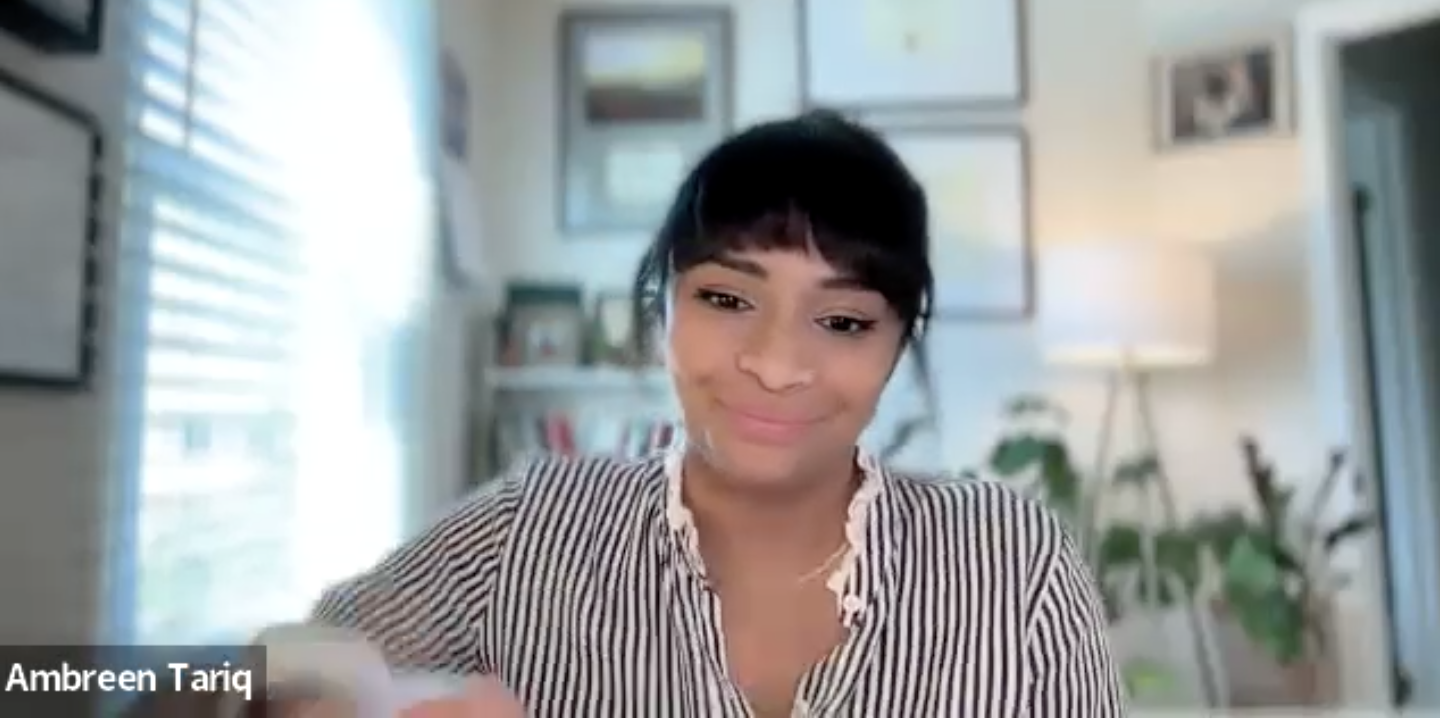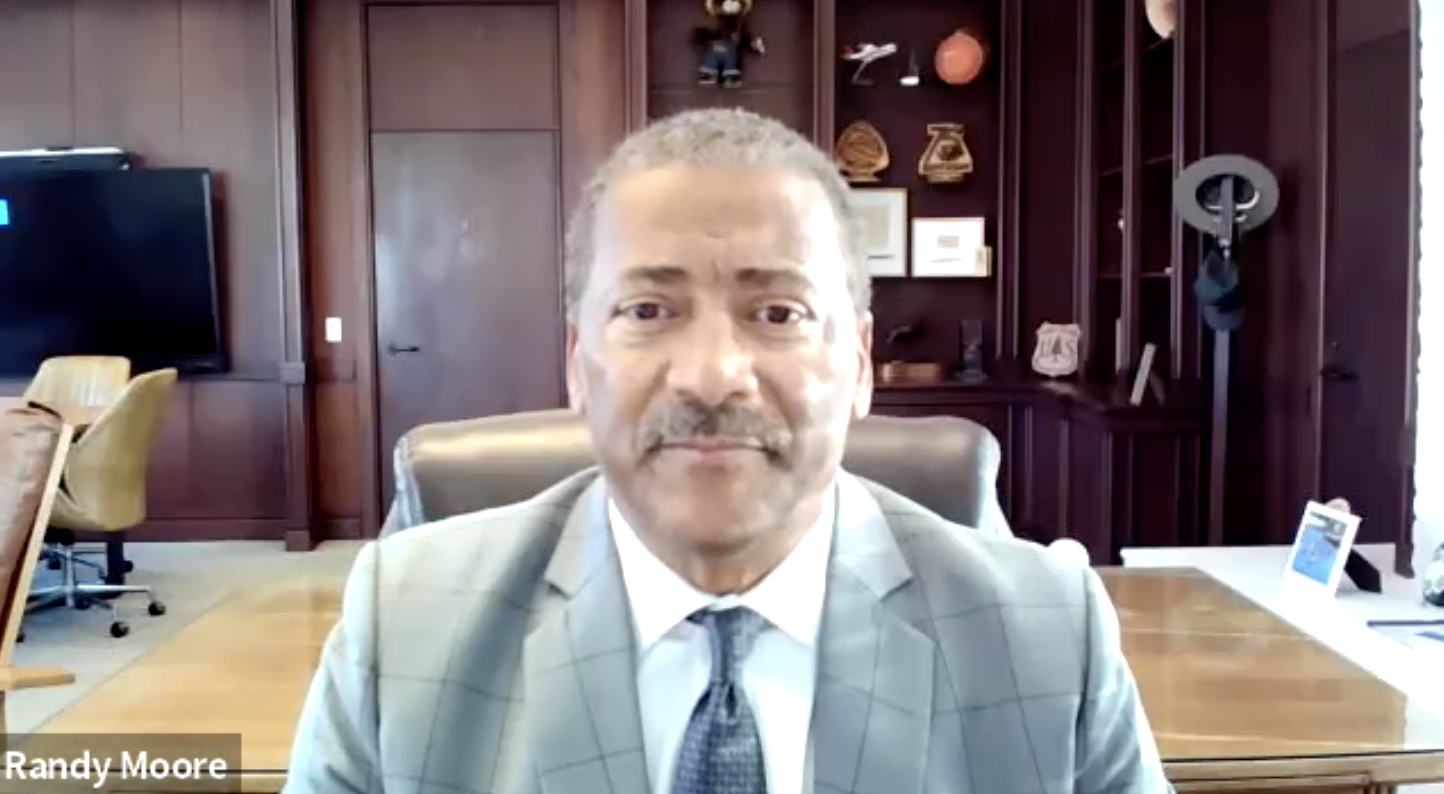Share-the-Air Livestream with USDA Forest Service Chief Randy Moore
The U.S. Forest Service is committed to creating a welcoming outdoor recreation environment for all people and is engaging with under-represented communities to achieve that goal.
That was the big headline from Together Outdoors’ recent Share-the-Air livestream with USDA Forest Service Chief Randy Moore.
“We are on a learning journey to reach into America and bring all of America into their public lands to enjoy,” Moore told Outdoor Recreation Roundtable Senior Program Director Ambreen Tariq. “We're saying, let's sit down and have a conversation about what needs to happen—and let's decide together. Let’s discuss the things that are important to you and how we can work together to provide that.”
Moore, the first Black chief of the U.S. Department of Agriculture’s Forest Service, leads a workforce of more than 34,000 employees who manage 193 million acres of national forests and grasslands, support the world’s largest forestry research organization, and work with states, Tribes and partners to sustain America’s forests for the benefit of all citizens.
In the interview, Moore noted that the Forest Service has not always met that mission of providing all Americans with recreational access to the land it manages. A history of legal exclusion and violence against under-represented groups seeking to access public lands is central to that failure, along with the Forest Service’s initial focus on serving just one group of outdoor enthusiasts — people with automobiles who could afford to travel to sometimes remote Forest Service lands.
“When I look back at the origins of the Forest Service, it was catering to a certain segment of our society,” said Moore. “I do believe that in the beginning, the Forest Service designed recreation facilities around a subculture that was not inclusive of everyone.”
According to Moore, today’s Forest Service is working to create facilities that better represent and serve the recreational styles and needs of our diverse America.
“As we communicate more with our publics, we're looking at better ways to design our facilities,” Moore explained. “How do we design facilities that accommodate all Americans, not just some?
“We go out, survey people who visit national forests, and ask them what they would like to have. You take the African American or Hispanic community as an example. They're in large gatherings, and that's how they socialize and recreate. And you look at our facilities; they were not designed for that. And so now we have information going forward.”
Some early results of this work include the creation of campsites that accommodate larger groups, plans for more multilingual directional and interpretive signage, and revising motorized vehicle policies to allow better access for people with limited physical abilities. The service recently launched a Spanish-language version of its online reservations system.
Moore also noted with pride that the Forest Service continues to support a robust urban parks program, which brings nature into the daily lives of city dwellers.
“Based on some of my experience over the years, it's not about everyone coming out to a national forest,” says Moore. When I worked in California, where we put in pocket parks and green alleyways with other non-profits, we saw how much satisfaction that brought to the different communities. When you have trees and flowers, the birds come, and then you have residents of those communities sitting in the park and just enjoying the song of a bird.”
The Forest Service is also working to boost the diversity of its workforce as part of its inclusion efforts.
“The Forest Service, for the longest time, could not get above 18% workforce diversity,” says Moore. “We made some subtle shifts in hiring, and this past year, we went from 18% to 25%. We're projecting to go higher next year, but we have to be willing to change how we have historically done business.”
Everyone—our employees and the communities that we serve and live in—needs a Forest Service that reflects the faces and culture of America.”



